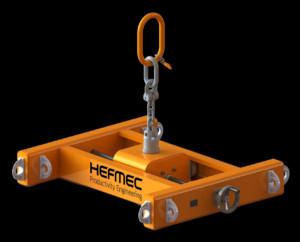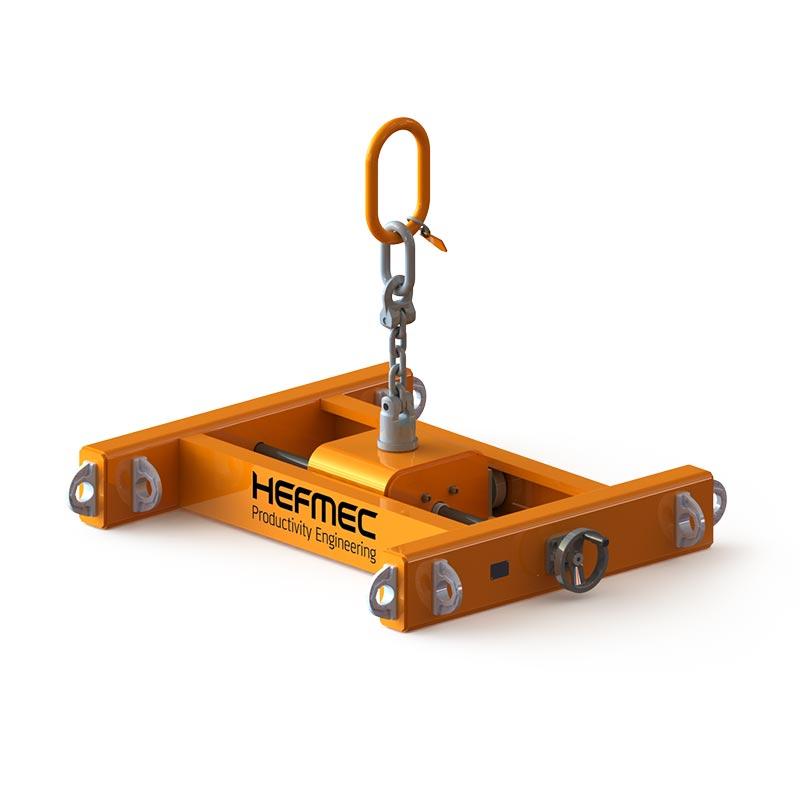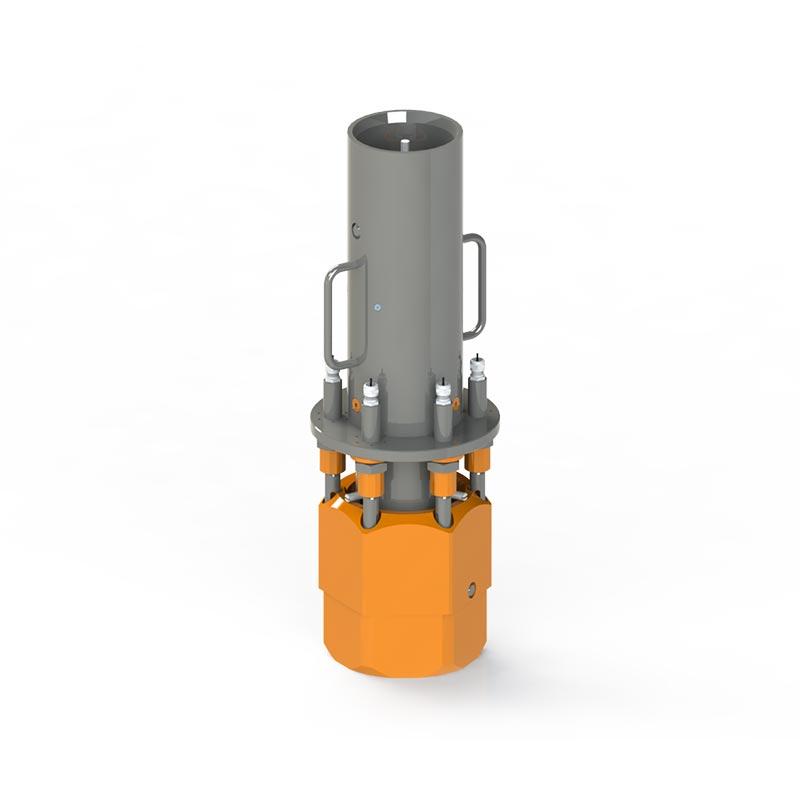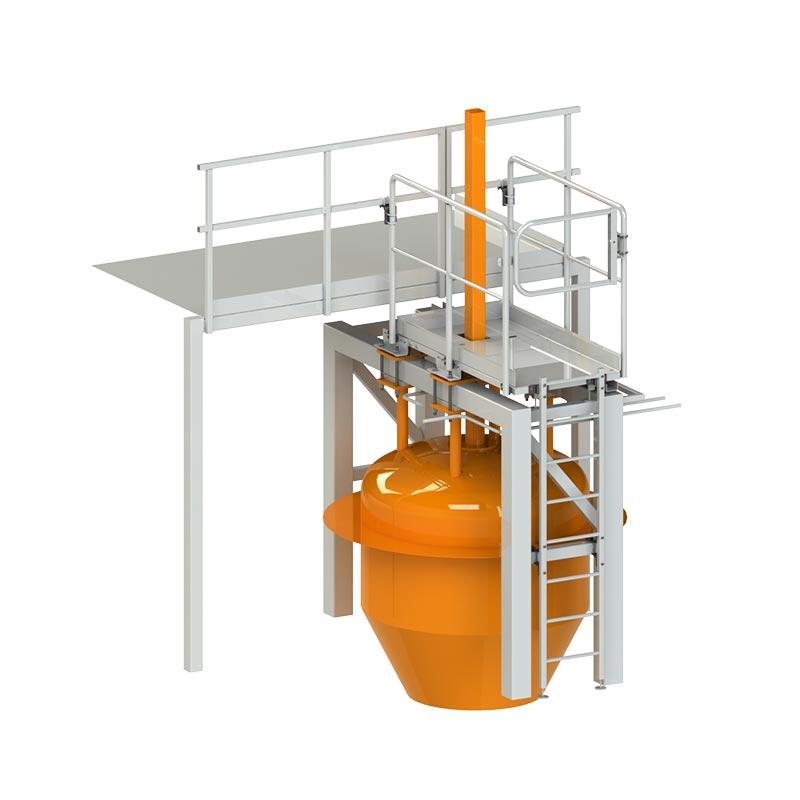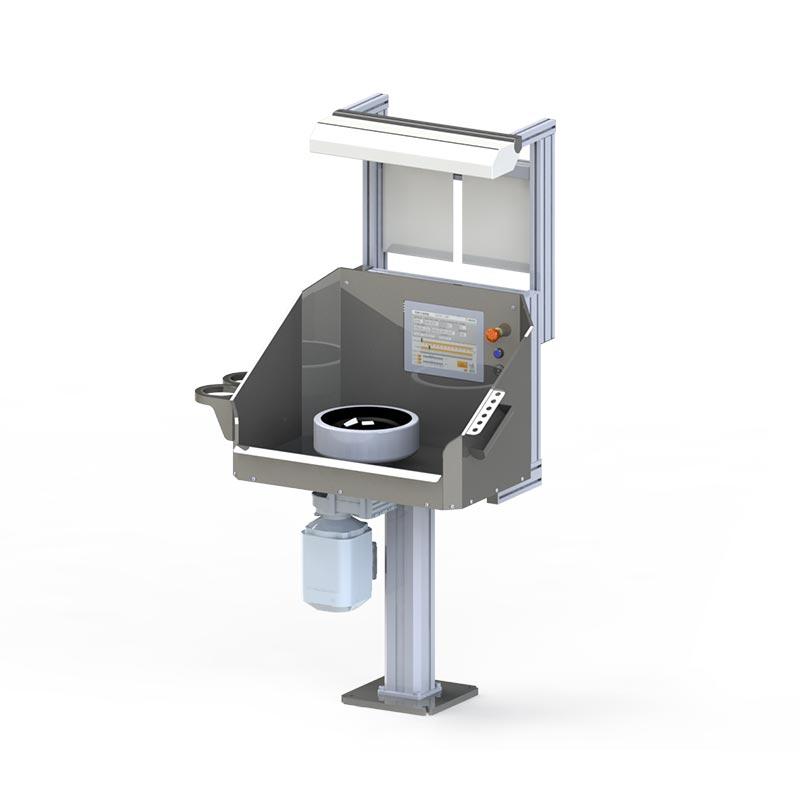Ensuring structural durability is a key part of successful product design. Professional strength calculations determine the durability of products under different operating conditions, enabling optimal material choices, extending product life and ensuring safety. Modern calculation methods, such as FEM analysis, provide accurate information on the behaviour of structures even before the first prototype is built, saving time and resources in the product development process.
What does strength calculation mean in product design?
Strength calculation is the cornerstone of product design, where mathematical methods are used to determine the durability of materials and structures under different loading conditions. It is a predictive process that simulates the forces applied to a product, such as tension, compression, bending and vibration, to ensure the durability of a structure throughout its design life.
Modern engineering design makes particular use of Finite Element Method (FEM) analysis, which breaks down a complex structure into smaller, more easily analysable parts. This allows accurate structural analyses to be carried out even for complex geometries. In specialist organisations such as Hefmec, FEM analysis is used on a daily basis to optimise different product structures.
The role of mathematical models in assessing the structural integrity of products is irreplaceable. They allow material properties, loads and boundary conditions to be combined into simulations that reveal potential weaknesses at the design table. This kind of sustainability analysis is a key element of innovative and responsible product design.
How does strength calculation improve product safety?
Ensuring product safety is one of the most important tasks in strength calculation. A thorough structural analysis allows us to identify critical points and potential failure mechanisms before they occur in real life. This preventive approach is the key to developing reliable and safe products.
Strength calculations allow modelling the behaviour of a product under different extreme conditions, such as:
- Abnormally high loads
- Varying temperatures
- Dynamic stress
- Fatiguing cyclical load
These analyses help to anticipate potential problems and improve product design before the product goes into production. For example, a durability analysis of a hook on a lifting device can reveal potential fracture points that can be corrected by design changes. In safety-critical applications, such as healthcare equipment or infrastructure solutions, a thorough strength calculation is often a legal requirement and an essential part of compliance demonstration.
When should strength calculation be used in the product development process?
Optimal timing of strength calculations in product development is essential to achieve maximum benefits. Ideally, strength calculations are integrated into the process from the concept phase, allowing the design direction to be determined on the basis of reliable analyses.
The stages of product development where strength calculations are particularly useful:
- Concept phase: a preliminary structural analysis shows the concept works and reveals potential problem areas
- Detailed design: accurate FEM analyses ensure the functionality of details
- Prototype phase: computational results support physical tests
- Industrialisation: assessing the impact of manufacturing methods and tolerances
- Certification: documented calculations prove product compliance
By including strength calculations at the start of product development, costly and time-consuming corrections at later stages can be avoided. In Hefmec’s experience, early strength calculation can significantly shorten the product development cycle and improve the quality of the final product.
How does the strength calculation affect the cost-effectiveness of the product?
The impact of strength of trade calculation on cost-effectiveness is significant, although it is often overlooked. Accurate analysis can help optimise material usage, reduce the number of prototypes and shorten time to market – all factors that directly affect the total cost of a product.
Optimisation of materials is one of the clearest benefits. With the help of strength calculations, you can:
- Thins structures safely at non-critical points
- Reinforce only those areas subject to significant stresses
- Replace expensive materials with cheaper alternatives
- Reducing the overall amount of material without compromising on durability
In addition, when the behaviour of the product is known accurately thanks to computation, the need for physical prototypes can be reduced. This saves considerable time and money. Based on Hefmec’s project experience, strength calculation can reduce material costs by up to 15-30% and prototyping costs by 40-60%, making it a worthwhile investment in the product development process.
What are the most common errors in strength calculations?
To make effective use of strength-of-field calculations, you need to be aware of and avoid the typical pitfalls. The most common mistakes are unrealistic initial assumptions, inadequate boundary conditions and inaccuracies in material models, all of which can lead to misleading results.
Typical sources of error in strength calculations:
| Type of error | Result | Avoidance |
|---|---|---|
| Unrealistic load situations | Underestimation of actual use | Thorough analysis of the operating environment |
| Insufficient framework conditions | Incorrect deformation behaviour | Accurate modelling of anchorage points |
| Simplified material models | Inaccurate behaviour prediction | Material testing with real materials |
| Over-simplification of geometry | Ignoring critical details | Appropriate model accuracy |
Competent strength calculation requires both theoretical understanding and practical experience. Our approach at Hefmec is based on a thorough analysis to ensure that the calculation model reflects the real situation as accurately as possible. This minimises the risk of erroneous conclusions and maximises the added value of the strength calculation.


